News
photinia serrulata
Photinia × fraseri, commonly known as red tip photinia or Fraser's photinia, is a popular and widely cultivated plant in the Rosaceae family. The following is a detailed introduction to it:
Classification: It is a hybrid species in the genus Photinia of the Rosaceae family, which is a cross between Photinia glabra and Photinia serratifolia2.
Growth Habit: It is an evergreen shrub or small tree. Usually, the shrub can reach a height of 1.5 to 2 meters, and the small tree can reach a height of 6 to 15 meters. Its branches are grayish-brown and glabrous, and the young branches are brown and pubescent, later turning purplish-brown and finally gray and glabrous2.
Leaves: The leaves are leathery, alternate, long elliptical or obovate elliptical, 9-22 cm long and 3-6.5 cm wide. The young leaves are bright red, and the leaves in spring, autumn and winter are red while those in summer are green. The leaf surface is waxy and glabrous, and the leaf margin is sparsely glandular toothed2.
Flowers: The inflorescence is a compound corymb, terminal, and white. The flowers are bisexual, numerous and dense. The peduncle and pedicel are pubescent, the flower diameter is 6-8 mm, and there are 5 petals, which are spreading, and 20 pistils2.
Fruits: The pome is red or brownish-purple, spherical, with a diameter of 5-6 mm2.
Climate: It is suitable for growing in warm, humid and sunny environments, and has certain cold resistance and drought tolerance. It can generally tolerate temperatures as low as -5 °C to -10 °C.
Soil: It is not very demanding on the soil and can be cultivated in poor, saline-alkali, slightly acidic, sandy, red and yellow soils2.
Red Robin: The leaf margin serrations are more obvious and coarser than those of other varieties, and the colors of the young branches and new leaves are bright red. It grows faster than other varieties of Photinia × fraseri, has bright and long-lasting colors, and is easy to cultivate and prune for landscaping2.
Red Tip: Also known as Fraser's photinia, the single leaf is alternate, elliptic-ovate to elliptic, with small and neat serrations on the leaf margin. The new leaves and petioles are red, and the old leaves are dark green2.
Robusta: It is elliptic to ovate, the leaf has blunt serrations, the color of the branches and the petiole of the new leaves is green, and the leaf is orange-red with powder2.
Ornamental Value: In spring and autumn, the new shoots and young leaves of Photinia × fraseri are fiery red, with bright and long-lasting colors, showing great vitality. In summer, the leaves turn bright green, giving a fresh and cool feeling. It can be planted in pieces, in clusters or alone in courtyards, on roadsides and in gardens for greening and viewing. It can also be used as a hedge, curtain wall and other vertical greening plants, as well as for flower bed modeling and potted plants13.
Fireproof Value: It has the characteristics of drought tolerance and wind resistance. After a fire test, it was found that when the fire height exceeds the height of the Photinia × fraseri plant and the burning time is 5 minutes, the trunk, branches and leaves of Photinia × fraseri are in good condition and not burned, and only a small number of front leaves are burned and discolored. Therefore, it can be used to establish fire prevention forest belts
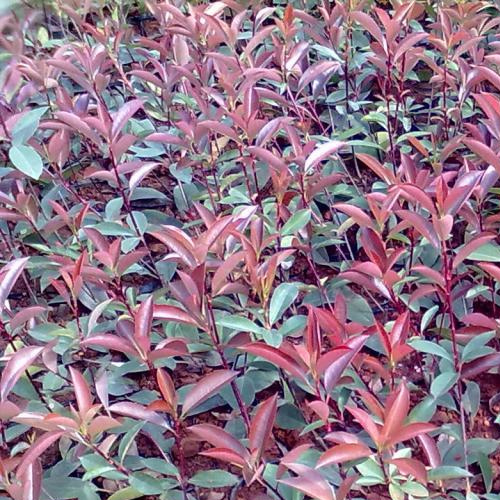

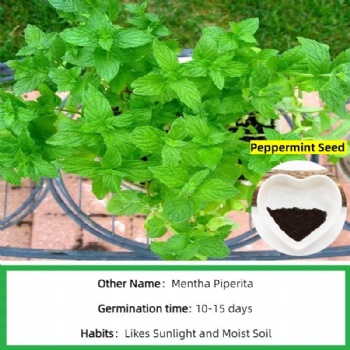
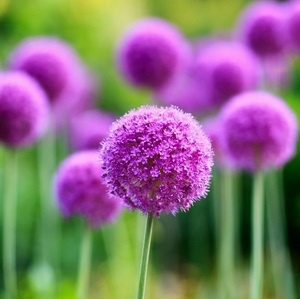
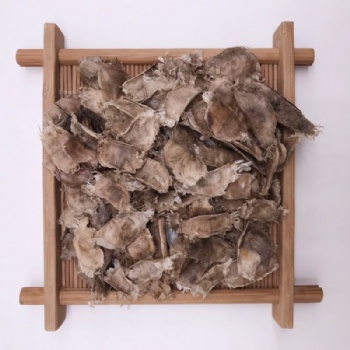
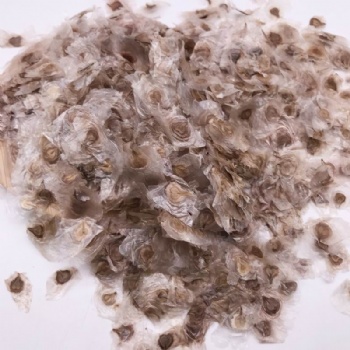
 售前客服
售前客服
